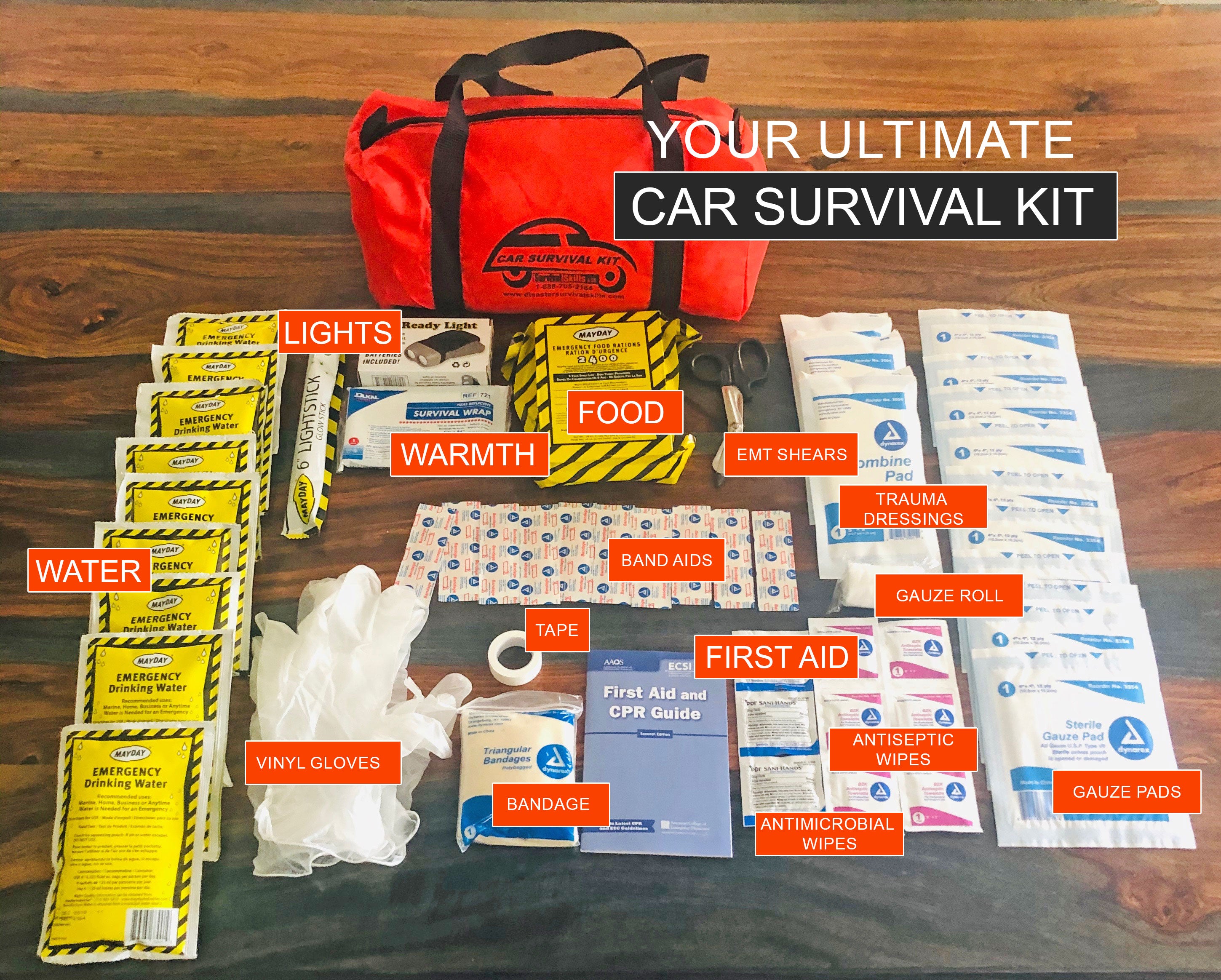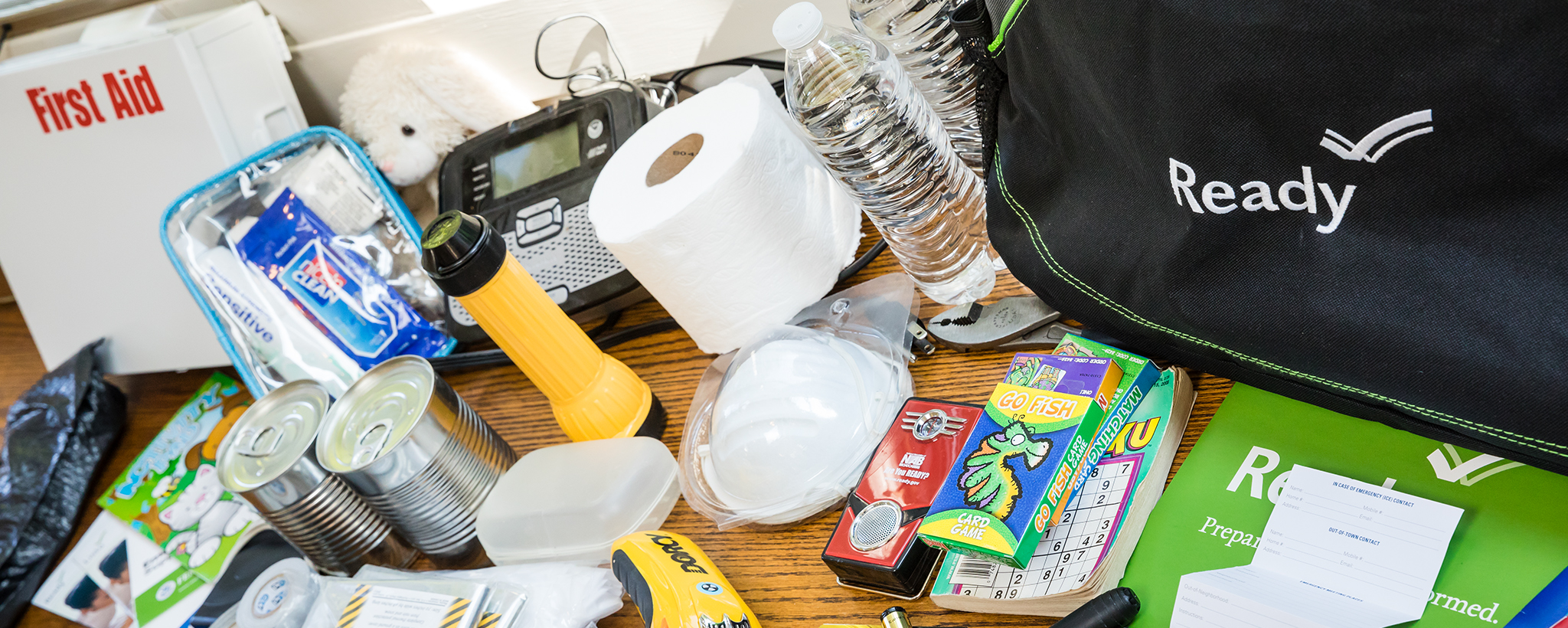Remain Safe with Emergency Preparedness: Professional Tips and Approaches
Remain Safe with Emergency Preparedness: Professional Tips and Approaches
Blog Article
Understanding the Art of Emergency Situation Readiness: Expert Tips
Whether it be an all-natural catastrophe, a clinical emergency situation, or an unexpected dilemma, being prepared can make a considerable distinction in the outcome. Mastering the art of emergency preparedness calls for a mix of expertise, preparation, and calculated thinking.
Significance of Emergency Preparedness
Emergency situation readiness is an essential facet of making certain the safety and security and wellness of individuals and communities in the face of unpredicted calamities and emergencies. EMERGENCY PREPAREDNESS. Being prepared can considerably mitigate the influence of all-natural catastrophes, accidents, or various other dilemmas that may arise. By having a well-balanced emergency plan in position, people and communities can respond properly, possibly lessening and saving lives damages
One essential factor why emergency readiness is very important is that it assists in reducing panic and confusion throughout a crisis. They are a lot more most likely to remain calm and make reasonable choices in stressful circumstances when individuals are mindful of what to do and have practiced emergency treatments beforehand. This can result in an extra well organized and reliable action, assisting in the protection of lives and home.
In addition, emergency preparedness fosters resilience within neighborhoods. By spending time and sources right into readiness actions such as training, drills, and framework improvements, communities can recuperate much more rapidly after a catastrophe. This durability is vital for lasting recuperation and sustainability, making certain that areas can hold up against future emergency situations.

Structure a Comprehensive Emergency Plan
In light of the critical duty emergency situation preparedness plays in mitigating the influence of calamities and promoting community resilience, the structure for efficient reaction depends on developing an extensive emergency strategy. EMERGENCY PREPAREDNESS. A detailed emergency strategy acts as a roadmap for organizations and areas to successfully coordinate resources, react to dilemmas, and ensure the safety and security and wellness of people during emergency situations
Secret components of a thorough emergency strategy include threat evaluation, recognition of prospective hazards, facility of interaction protocols, designation of roles and obligations, and regular training and drills. By carrying out thorough danger assessments, organizations can recognize vulnerabilities and focus on locations for mitigation. Developing clear communication procedures makes certain that information is shared efficiently during emergency situations, facilitating timely decision-making. Marking duties and roles clears up the pecking order and advertises a coordinated action initiative. Regular training and drills help acquaint people with emergency situation procedures, guaranteeing a swift and efficient feedback when a crisis occurs. Eventually, a detailed emergency situation strategy contributes in improving readiness, action capacities, and total resilience in the face of disasters.
Essential Supplies and Resources
When preparing for possible disasters, making certain access to essential materials and sources is vital for effective emergency action and resilience. Stocking up on non-perishable food products such as canned goods, protein bars, and completely dry products is important to sustain individuals and family members throughout times of dilemma when accessibility to fresh food might be limited (dig this). In addition, maintaining an adequate water supply, with a minimum of one gallon per individual per day for a minimum of three days, is crucial for hydration and sanitation requirements
Standard clinical materials consisting of bandages, antiseptics, medicines, and a very first aid kit are important for resolving injuries and ailments that might take place throughout emergencies. Flashlights with additional batteries, a multi-tool, and blankets should also be consisted of in emergency situation supply sets to supply light, aid in navigation, and ensure heat and convenience.

Communication Strategies Throughout Emergencies
Reliable communication methods play an essential function in ensuring timely and exact circulation of details during emergencies. Clear and succinct communication is necessary for working with reaction efforts, giving instructions to the public, and keeping everybody educated concerning the evolving circumstance.
Throughout emergency situations, it is essential to designate a speaker or a main interaction group to ensure consistency in messaging and prevent confusion. This assigned person or group need to be trained in crisis communication and efficient in delivering info in a calm and encouraging manner. In addition, imp source establishing a system for two-way interaction can help collect real-time responses from the impacted individuals and address their requirements a lot more properly.
In addition, making use of technology such as emergency situation alert systems and interaction applications can enhance the circulation of important info and assist in fast reaction efforts. By executing these communication companies, communities and strategies can improve their emergency readiness and action capabilities, ultimately conserving lives and reducing the impact of calamities.
Training and Method for Readiness
A critical facet in guaranteeing readiness for emergency situations is the implementation of normal training and session to enhance action capabilities and preparedness - More Help. Through constant training, emergency situation -responders can acquaint themselves with protocols, equipment operation, and decision-making procedures, inevitably boosting their efficiency during dilemmas
Training sessions should imitate sensible emergency situation circumstances to provide responders with hands-on experience in a controlled environment. These simulations allow individuals to practice their functions, test interaction systems, and determine locations for enhancement without the stress of an actual emergency situation.
Normal drills and workouts additionally aid groups develop cohesion and sychronisation, making sure that everybody comprehends their obligations and can collaborate perfectly when faced with a crisis. Additionally, debriefing sessions following training exercises permit positive responses and the chance to gain from any type of mistakes made.
Conclusion
In conclusion, understanding the art of emergency situation readiness needs an extensive plan, essential products, efficient communication techniques, and normal training. By focusing on readiness and taking proactive actions, people and neighborhoods can better reply to emergency situations and alleviate potential threats - EMERGENCY PREPAREDNESS. It is critical to remain informed, remain prepared, and continuously boost emergency feedback methods to guarantee the safety and wellness of all individuals entailed
In conclusion, mastering the art of emergency readiness calls for a comprehensive plan, vital materials, reliable interaction approaches, and regular training.
Report this page